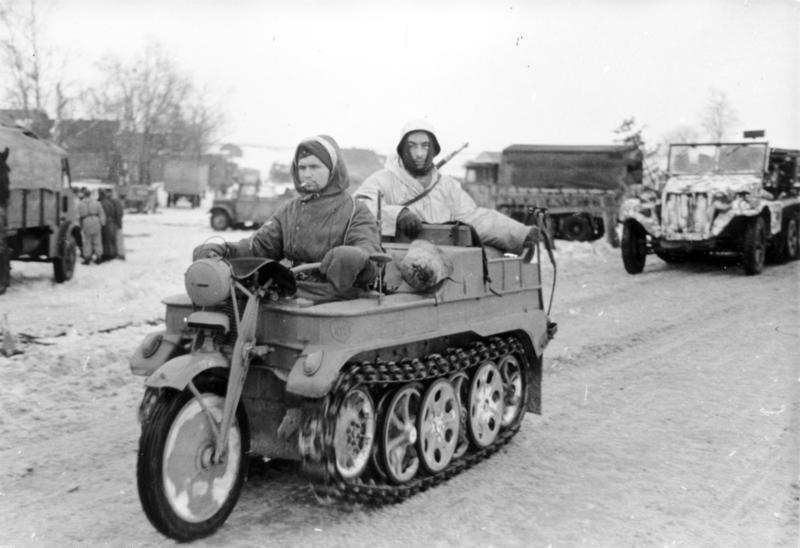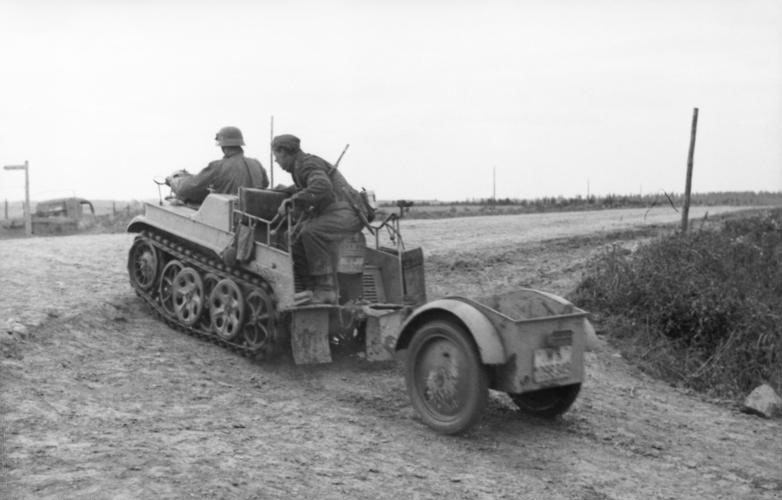After the fighting in Russia hade shown the Wehrmacht that the russians also could build heavy tanks, the need for å better and heavier tankdestroyer became clear.
The solution-take an excellent ant-tank gun like the 88cm PAK
43/1 L/71 and place it on a tank chassis. Of course. So the Nashorn (also called Hornet- the
8,8cm Pak43 (L/71) auf Geschützwagen III/IV (Sd. Kfz. 164) was made by a chassis Alkett made using their recently developed Geschützwagen III/IV which as its name indicated used components of both the Panzer III and Panzer IV tank and a well known 8,8 cm Panzerabwehrkanone 43/1 L/71. (Same gun that was used on the King Tiger later in the war by the way).
1943-1945 almost 500 were built. The Nashorn was a great tool for its job- taking out enemy armoured vehicles from a distance. Due to its weak armour, it was useless in close combat, but with that gun it didnt need to get in close either.... As a mobile version of the 88mm Anti tank gun it was very effective.
The Hornisse/Nashorn was issued to the heavy antitank battalions (schwere Panzerjäger-Abteilungen), with which six would eventually be equipped: schwere Panzerjäger Abteilung 560, 655, 525, 93, 519 and 88. Each battalion was equipped with 45 Nashorns.
It is reported that in early March of 1945, Lieutenant Beckmann from
sPzJagAbt 88 destroyed Soviet IS-2 at the range of
4600 meters near
Marzdorf.
The most notable Nashorn ace was platoon commander of 1st company of
sPzJagAbt 519, Junior Lieutenant Albert Ernst. On December 23rd of 1943, he destroyed
14 Soviet tanks in a
single day using only 21 round of ammunition. The engagement took place
near Vitebsk and Albert Ernst received a nickname "Tiger of Vitebsk". In
December of 1943, Ernst destroyed total of 19 enemy tanks and on
January 22nd of 1944, he was awarded the Knight’s Cross.
Mainsources:
Wikipedia , achtungpanzer.com


%2C_Panzerj%C3%A4ger_Nashorn-Hornisse.jpg)











